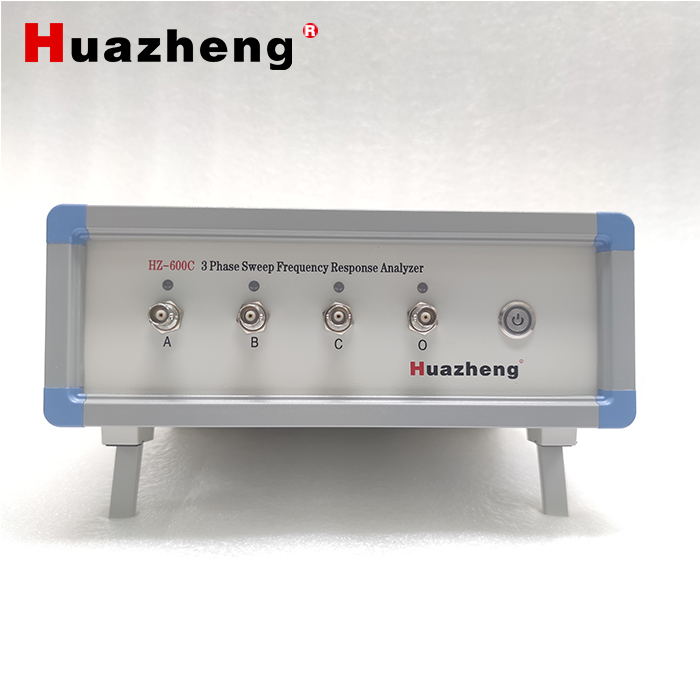I、 What is the reason for transformer damage caused by lightning strikes?
1.Direct lightning strike: When lightning strikes a transformer or nearby transmission line directly, it will generate a huge transient current, which instantly passes through the winding and iron core of the transformer, causing the insulation material to quickly heat up or even melt, resulting in winding short circuit or burnout. The damage caused by direct lightning strikes is often devastating.
2. Lightning induction: Even if lightning does not directly hit the transformer, its strong electromagnetic field will generate induced voltage between the windings of the transformer, especially in the absence of effective shielding. This induced voltage is enough to break through the insulation of the transformer, causing partial discharge. Long term accumulation can damage the insulation layer and ultimately lead to failure.
3. Intrusion of lightning waves: Lightning waves formed by the propagation of lightning through transmission lines can quickly propagate along the lines to transformers. If the lightning protection measures of transformers are insufficient, lightning waves will directly invade the interior of transformers, causing overvoltage and damaging the insulation system of transformers.
4. Ground potential counterattack: When a lightning strike occurs, the lightning current flows through the grounding system, causing a voltage drop on the grounding resistance. If the grounding resistance of the transformer is large, it may form a high ground potential, leading to ground potential counterattack, that is, the transformer shell or low-voltage side is counterattacked by a relatively high ground potential, causing equipment damage.
II、 Can transformers continue to be used after lightning strikes?
Whether the transformer can continue to be used after lightning strikes depends on the degree of damage caused by lightning strikes and subsequent testing results. Usually, transformers that have been struck by lightning require the following steps to be taken immediately:
1.Safety isolation and preliminary inspection: Firstly, ensure safety by isolating the damaged transformer from the power grid and conducting a visual inspection to check for any obvious physical damage, burning marks, or oil leaks.
2. Oil chromatography analysis: The chromatographic analysis of dissolved gases in transformer oil is an important means of determining internal faults. Lightning strikes may cause insulation materials to decompose, releasing specific gases such as hydrogen, acetylene, etc. By analyzing oil samples, internal damage can be evaluated.
3. Electrical testing: Conduct insulation resistance testing, dielectric loss factor testing, winding DC resistance testing, etc. to evaluate whether the electrical performance of the transformer is affected.
4. Professional evaluation and maintenance: Based on the above test results, professional technicians will evaluate the degree of damage and repair possibility of the transformer. Minor insulation damage may be restored through drying treatment, local winding repair, or replacement of insulation materials; Severe damage, such as burnt windings, may require replacement of the entire winding or transformer.
HZ-600C Transformer Winding Deformation Analyzer
